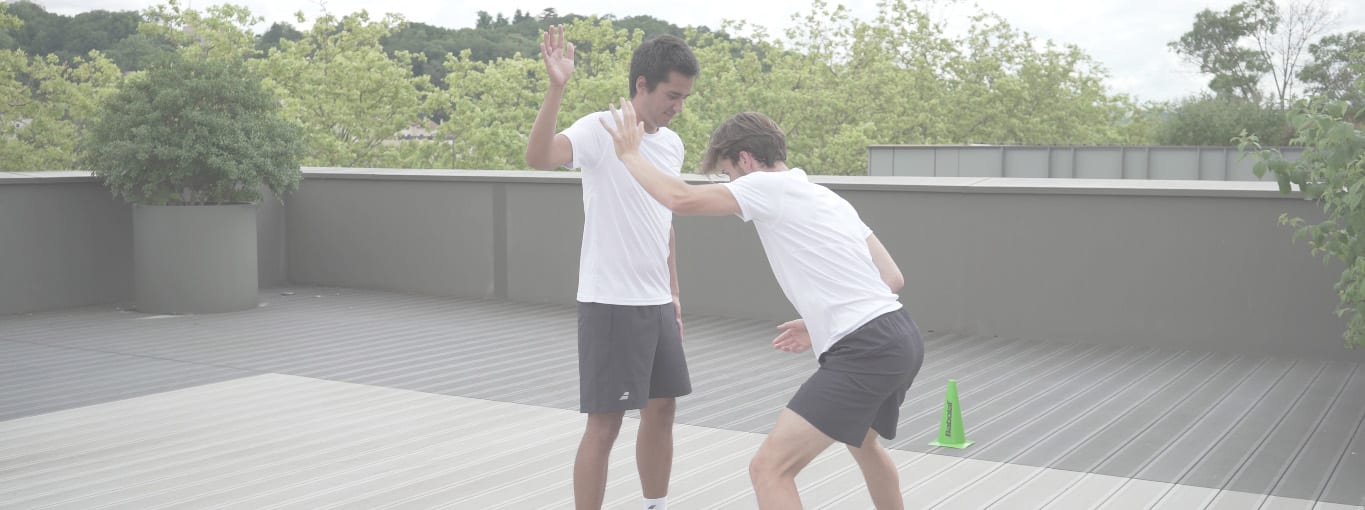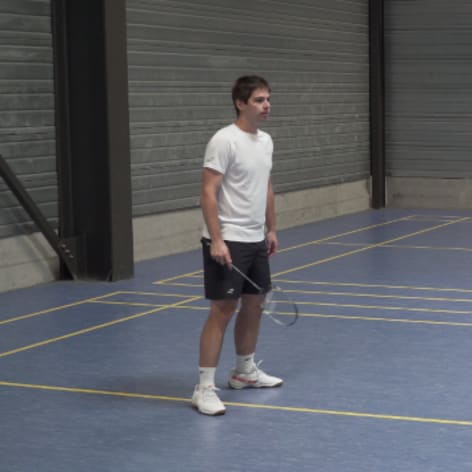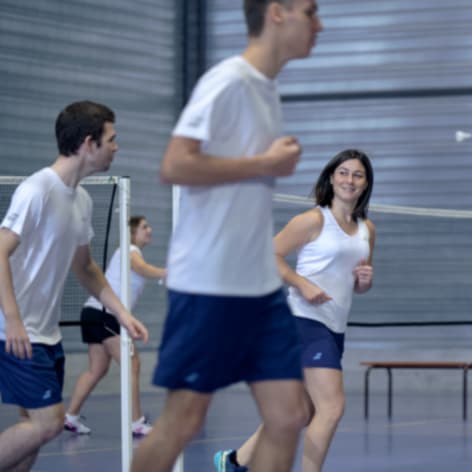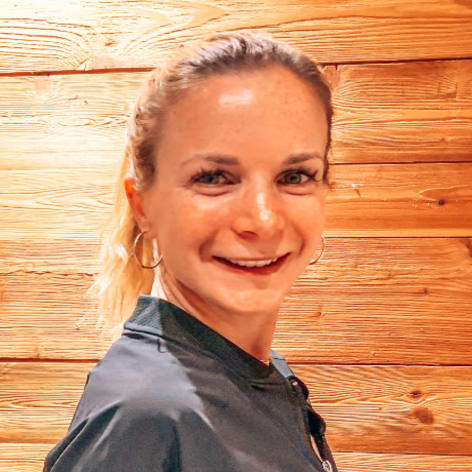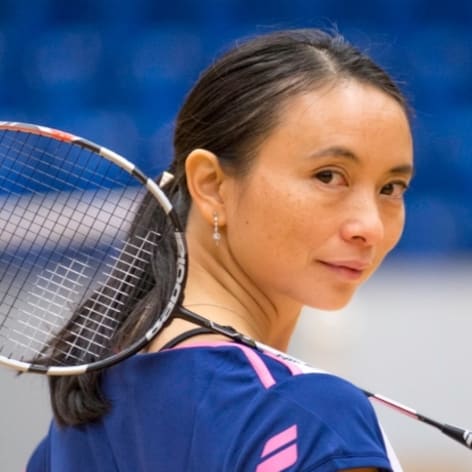In this specific article, Hongyan and Julie explain how important it is to have fast and accurate reactions in order to perform better on court. Quicker reaction times will help you in the following fields:
- Anticipate your opponent’s shots
- Be better prepared for your next hit
- Be more efficient on court
This can be achieved by different types of exercises.
A good reaction is the ability to react to your opponent’s shot and move simultaneously towards the right place to respond with the right shot.
Why should you work on your reaction time?
A fast reaction time is important for any level of game, but it becomes crucial for better players, as this is what will make the difference on court between having time and being rushed. Sometimes only a tenth of a second in your reaction is enough to make you late, and therefore in a bad position to retrieve a shuttle. Being fast and ready as soon as the opponent hits the shuttlecock will give you a great advantage: you will be ready to move quickly and prepare for the right response.
How to work efficiently on your reaction time?
Before getting to the exercises, it is important to understand the three different phases of human reaction in order to understand the benefits of working on this specific aspect.
- 1st phase: getting the information. Focus and concentration is crucial for this part. Mental ability is also important – if you are disturbed by things off court, it will be more difficult. The focus has to be not only on the opponent’s body movements, but also on the shuttlecock’s trajectory.
- 2nd phase: analysing and processing the information. Making a better judgment and treatment of information comes with time and experience. For this, it is crucial to play a lot of matches, but also to watch high-level badminton on video.
- 3rd phase: movement and hit. The centre of gravity and the waiting position have an impact on the pace of your reactivity. If you are in a defensive position, your centre of gravity should be lower, with your body weight on the front of your feet, whereas in attacking mode, your centre of gravity should be higher. The strength and explosivity of your legs and calves also plays an important part in your overall reaction time.
The following exercises will help you face the different signals in the three phases, so your brain practises its reactivity, and doesn’t revert to autopilot.
Exercise 1:
Use a visual, audible, or kinesthetic (touch) signal to start your movement, either on a badminton court, or outside, on a non-slippery surface. When you get the signal, sprint for 20 to 30 metres, then change direction only when the coach or nominated person gives the signal. In 30 seconds, the coach can give the signal 5 to 6 times.
Exercise 2:
Done with 2 people, standing one in front of the other, facing the same direction.
The person at the back holds a ball. The person in front stands legs apart. The one at the back throws the ball between their partner’s legs, who has to run very fast to catch the ball, then throws it back, 8 times. The same exercise can be done by throwing the ball over the head of the person in the front, 8 times.
Exercise 3:
The duel : two athletes facing each other. Work in “mirror mode” with side shuffles or side steps. One gives the direction, the other follows. 30 sec. 2 to 3 times, then change the leader of the exercise.
Exercise 4:
Work on your speed of vision on the same spot. Two players face each other: one uses their hand to guide the other : up, down, right or left. The other has to quickly hit the partner’s hand. 30 sec to 1 min. Swap sides and do each exercise 3 times.
Exercise 5:
On court, multi shuttle: The coach can speed up the pace when he feeds the shuttle. 5 series of 8 to 12 shuttles. To make it mire efficient and work more on speed of reaction, the coach can use a mask on the net (player sees the shuttles coming at the last minute)
Exercise 6:
Work on your footwork focusing on a fast start, aiming at 4 or 6 corners, then go back slowly to the centre of the court.
Your first partner/coach, facing you, gives you a signal with their hand or using colour codes related to each corner.
The second partner/coach is behind you and gives you audible signals, with variations on when the signals are sent. 6, 8 or 12 moves to corners, repeated 5 to 8 times depending on your level.
Julie’s tip: Don’t try to start your daily warm-up with these exercises. On the contrary, they should come after an athletic workout, active stretching, and/or core workout, so your body is ready for an acceleration of pace to optimise your reaction time.
Hongyan’s tip: The best way to do this type of exercise is when you are not too tired mentally, when your mind is fresh and when you can focus well on the starting points – after a good warm-up, as Julie says in her tip!




